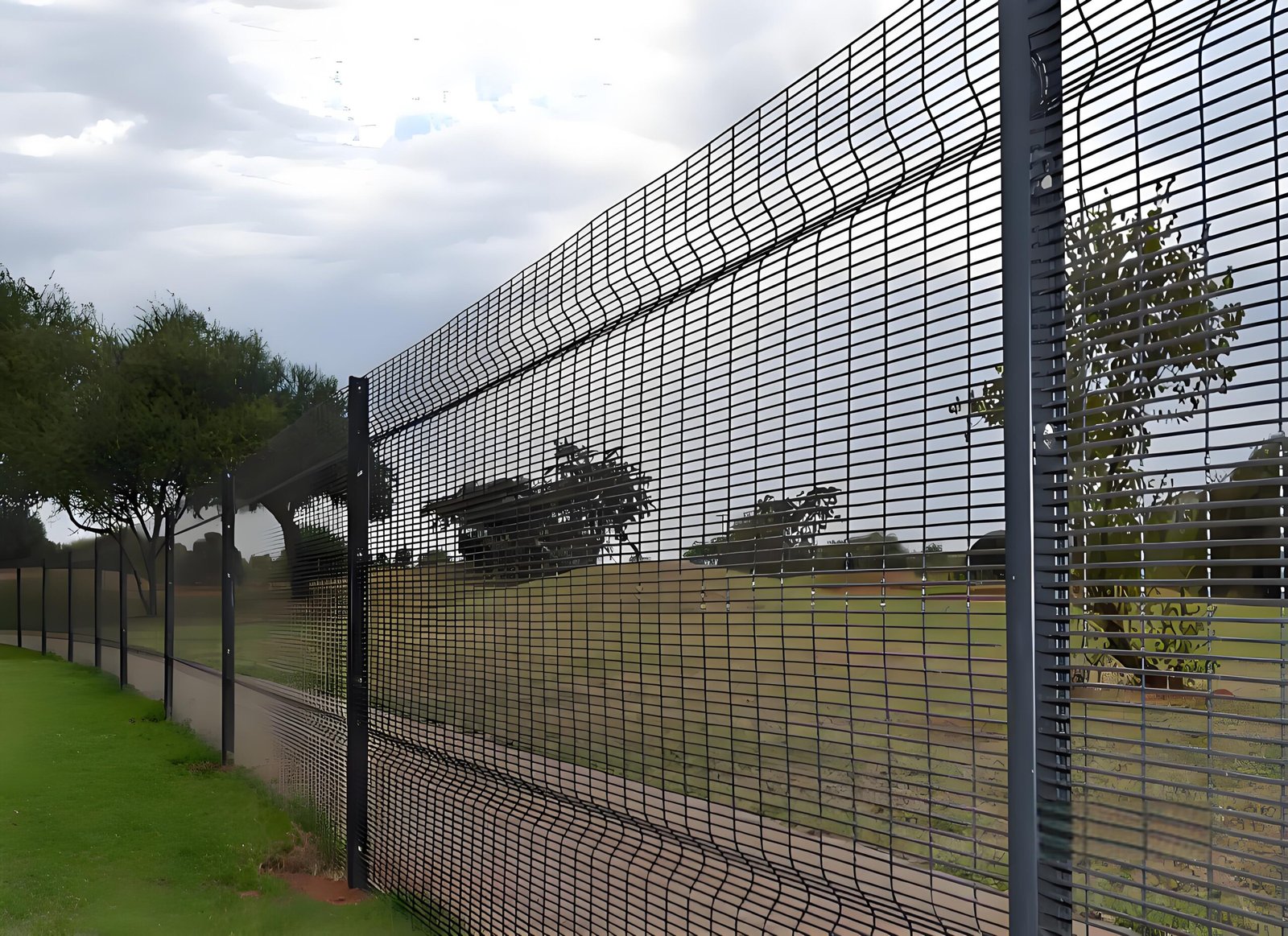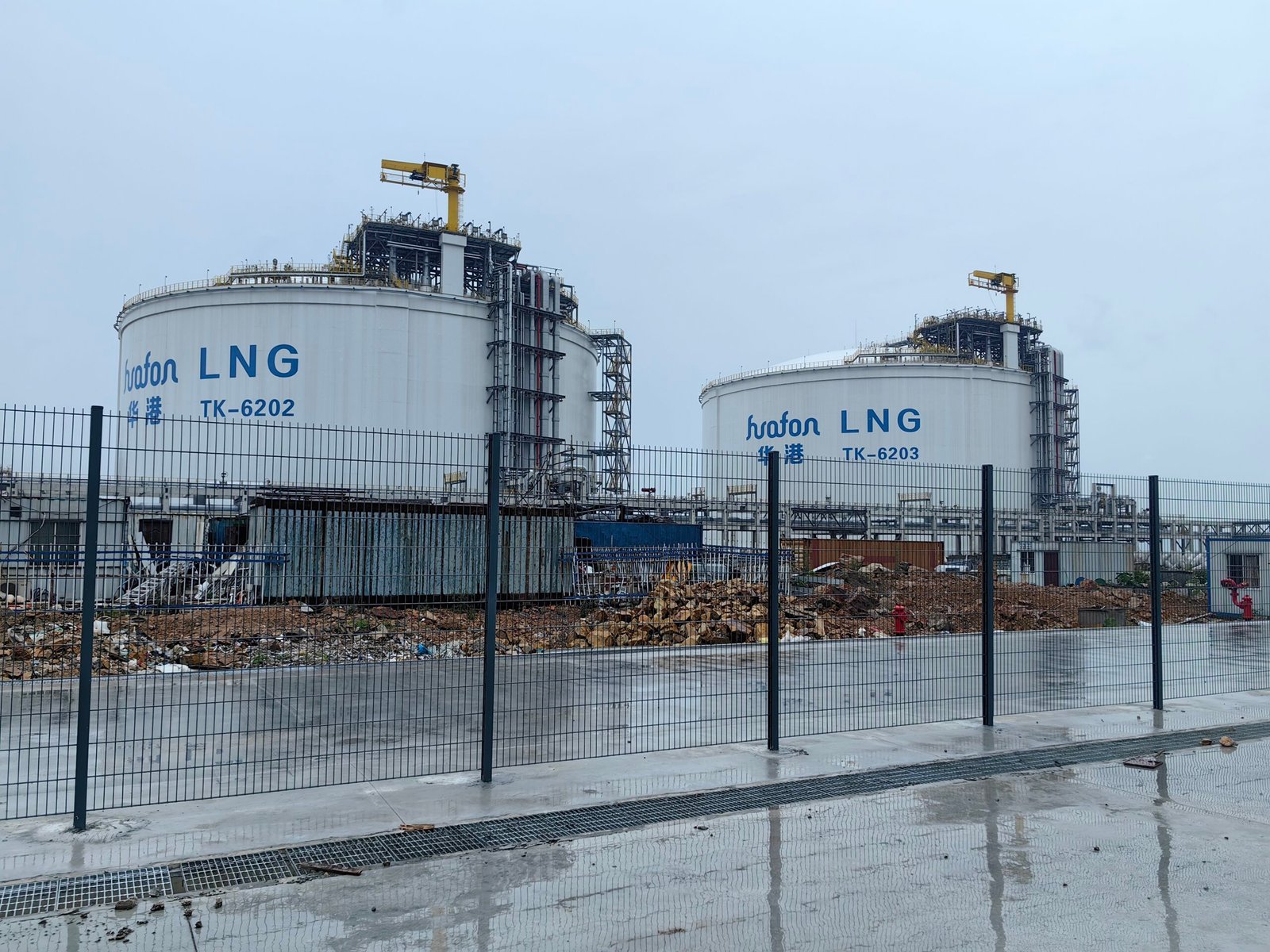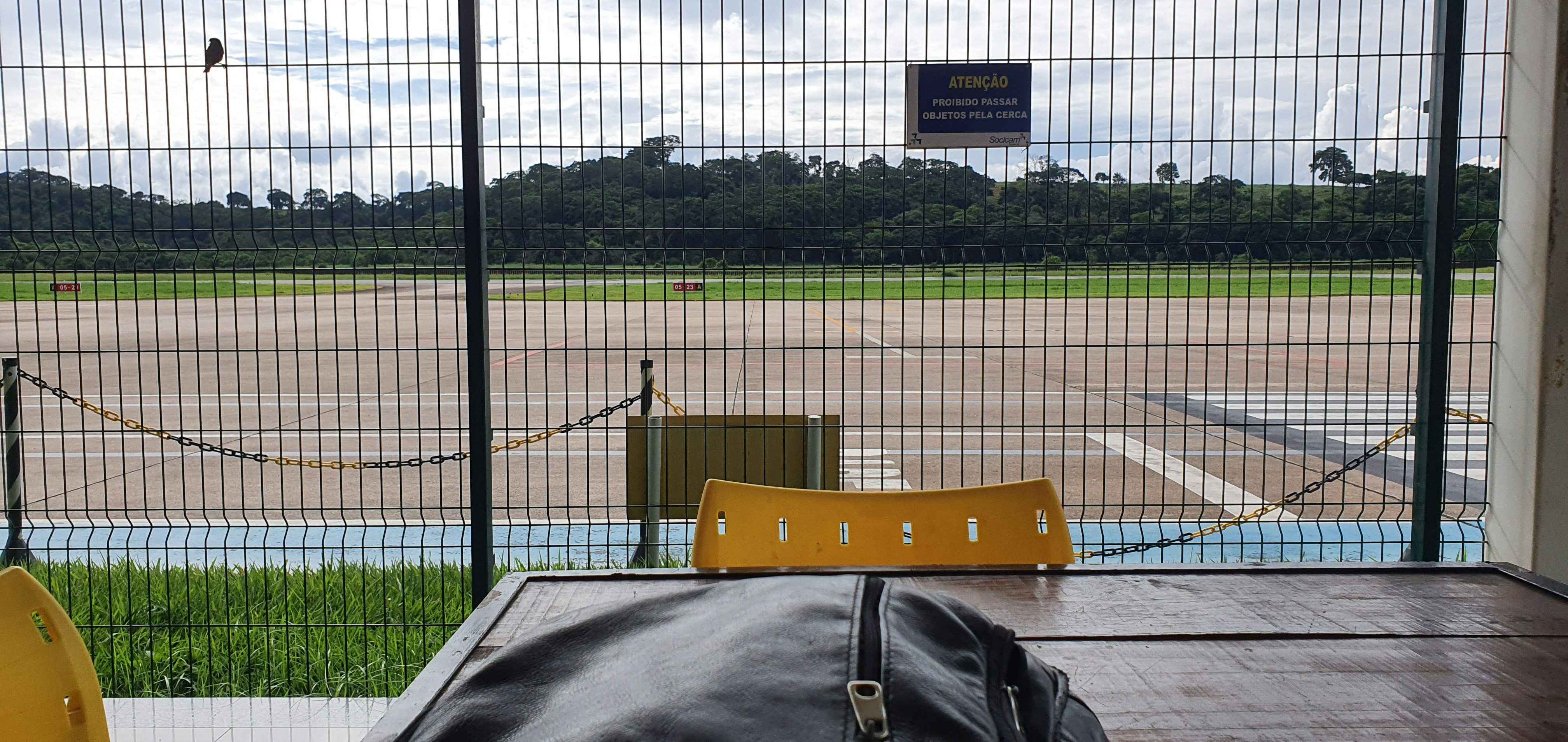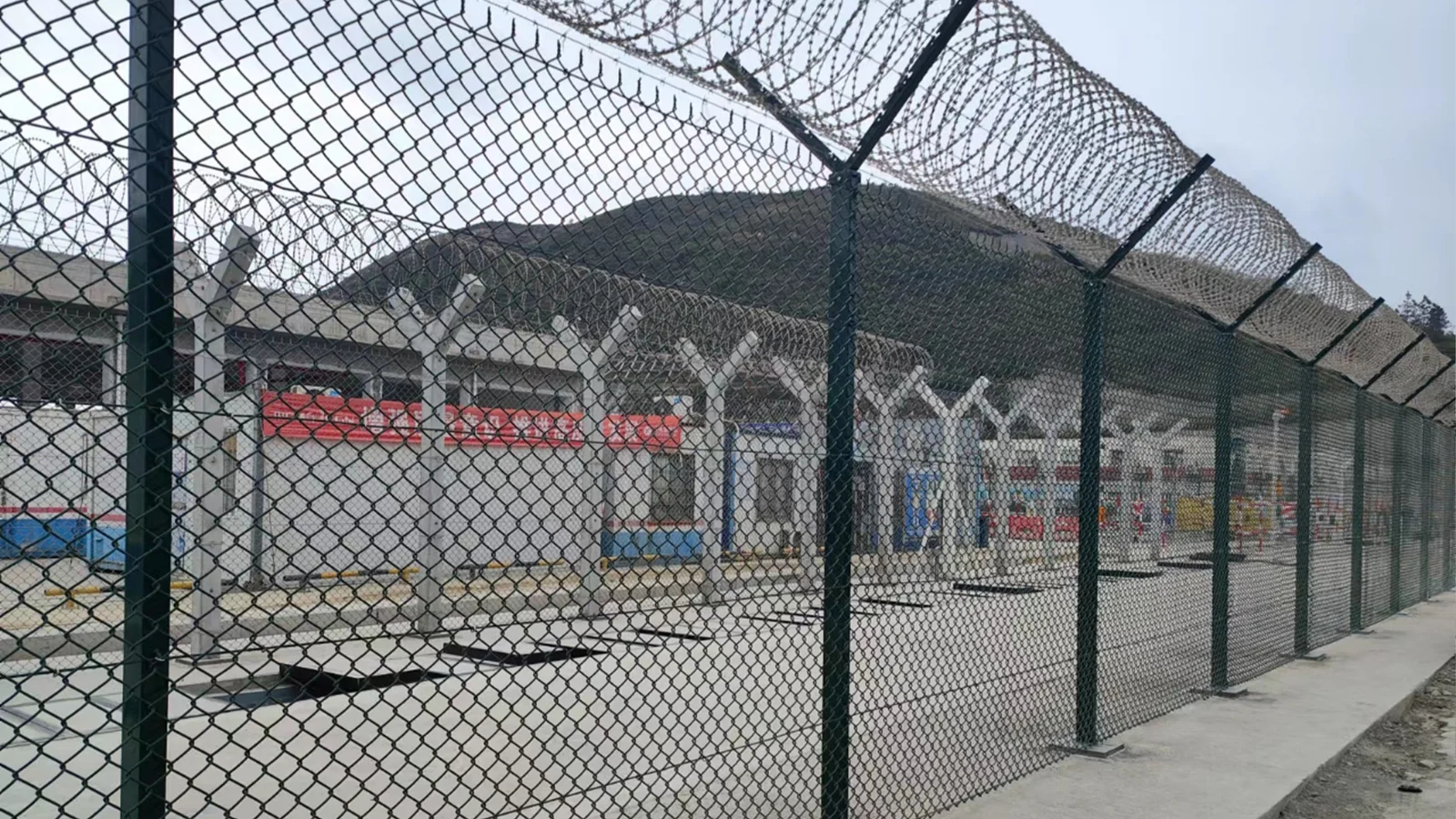Table of Contents
ToggleIntroduction to World Cup Football Stadium Security
Security at World Cup football stadiums is paramount due to the immense scale of these events, attracting millions of fans from around the globe. Ensuring the safety of players, officials, and spectators is not simply a protocol but a crucial responsibility that organizers must prioritize. With the stadiums serving as focal points for intense emotional engagement, the potential risks associated with such large gatherings cannot be overlooked.
World Cup events, known for their vibrant atmosphere, are simultaneously marked by considerable security challenges. The convergence of diverse cultures and national pride among fans can lead to heightened tensions; thus, comprehensive measures need to be in place to mitigate any threats. Security systems must be robust and adaptable, often necessitating the integration of cutting-edge technology alongside traditional methods. One vital component of this security infrastructure is the fencing system. Its design and implementation contribute significantly to the overall safety plan by managing crowd flow, delineating restricted areas, and creating a controlled environment that discourages potential disturbances.
The fencing system serves multiple functions beyond mere physical barriers. It plays a significant role in crowd management, helping to prevent overcrowding in certain areas and enabling quick access for emergency services if needed. Additionally, the presence of security fencing can act as a psychological deterrent for individuals who may consider engaging in harmful behavior. Effective fencing strategies are designed with the intent to enhance security while maintaining the accessibility and enjoyment of the event for all attendees.
As the World Cup continues to evolve, so too will the strategies employed to ensure security. Ongoing assessments and technological advancements will further enhance the fencing systems in place, solidifying their role as foundational elements of stadium security during these globally significant events.
Types of Fencing Systems Used
Across the globe, various types of fencing systems are employed around World Cup football stadiums to enhance security, crowd control, and overall aesthetics. These systems primarily fall into two categories: temporary and permanent fencing. Each type serves distinct purposes and is constructed from different materials, leading to unique features and benefits.
Temporary fencing, often utilized during events like the FIFA World Cup, is primarily made of lightweight materials such as chain-link or plastic barriers. This type of fencing is highly portable, making it ideal for temporary installations around stadiums. Chain-link fences are commonly chosen for their ease of installation and cost-effectiveness; they provide visibility while ensuring that unauthorized access is prevented. However, their durability might be limited due to exposure to external elements, potentially compromising structural integrity after extensive use.
Conversely, permanent fencing systems are typically constructed from more robust materials such as solid metal panels or concrete blocks. These sturdier installations offer enhanced security and are designed to withstand adverse weather conditions and potential vandalism. Solid panels provide improved visibility control, restricting sightlines and ensuring that spectators remain focused on the event. However, the drawbacks include higher costs and less flexibility in modifying layout options quickly.
Each fencing type has its own advantages and disadvantages. Temporary fences can be quickly deployed and removed, allowing for adjustments as needed, whereas permanent fences offer long-term durability and security. The choice of fencing system ultimately depends on the specific requirements of each venue, including the expected crowd size, duration of the event, and the level of security deemed necessary. Factors such as height, material cost, and maintenance requirements also play a crucial role in the decision-making process, assuring the selected fencing system meets the functional demands of the stadium.
Technological Enhancements in Fencing Systems
The integration of advanced technologies into fencing systems surrounding World Cup stadiums has significantly transformed security measures in high-stakes environments. These technological enhancements facilitate an effective security framework that addresses the diverse challenges posed by large crowds and potential threats. Surveillance technology plays a crucial role in the overall effectiveness of fencing systems. High-definition cameras strategically positioned around the stadium periphery allow for real-time monitoring of the surroundings, ensuring that any suspicious activity is promptly detected and responded to.
Moreover, the incorporation of sensors within these fencing systems has proven invaluable. Motion detectors and intrusion sensors can trigger alerts when unauthorized individuals attempt to breach perimeter barriers. This added layer of security not only reinforces physical boundaries but also enables security personnel to act swiftly when an incident occurs. These interventions are bolstered by centralized control systems that collate data from all sensors and surveillance feeds, providing a comprehensive view of the stadium perimeter to security teams.
Electronic monitoring systems further enhance the capabilities of traditional fencing. For example, access control systems embedded in fencing gates can regulate entry points, utilizing biometric scanners or RFID technology to ensure authorized access only. Such systems help in streamlining crowd control, preventing overcrowding, and managing entry and exit efficiently during peak times. The seamless integration of these advanced technologies into fencing systems not only improves the overall security landscape but also assists in creating a safer environment for spectators and participants alike. Consequently, the use of sophisticated fencing solutions serves to instill a greater sense of safety and order within World Cup stadiums.
Case Studies: Fencing Systems in Recent World Cups
In the context of World Cup tournaments, the implementation of fencing systems plays a critical role in ensuring the safety and security of attendees, players, and staff. Different host nations have showcased distinct fencing solutions tailored to their specific environments, cultures, and security challenges. For instance, at the 2018 World Cup in Russia, organizers utilized a combination of temporary and permanent fencing systems. The design was focused on crowd control and access management, featuring transparent barriers that allowed for visibility while maintaining security. This approach facilitated a sense of openness while ensuring safe pathways for fans.
Analyzing the 2014 World Cup in Brazil provides additional insights into the evolution of fencing systems. Brazil’s unique challenges included large-scale public gatherings and an emphasis on inclusivity. As a result, the fencing systems were designed to blend with urban landscapes and incorporate artistic elements that reflected local culture. Security was enhanced not only through physical barriers but also by monitoring systems that included surveillance cameras, enabling authorities to respond promptly to incidents. This strategic combination demonstrated the effectiveness of integrating technology with traditional fencing methods.
Another notable example is the 2022 World Cup held in Qatar, where innovative fencing solutions were key in managing a safe spectator experience. Fencing designs were developed to accommodate the high temperatures, utilizing materials that provided shade and comfort while serving security roles. The planners carefully considered pedestrian traffic patterns, ensuring that the systems facilitated easy movement towards stadiums and other fan zones. Moreover, the fencing systems were complemented by drone surveillance, which further enhanced the security framework.
These case studies highlight that the design and execution of fencing systems are continuously evolving, reflecting lessons learned from previous events while adapting to the individual characteristics of each host nation. By embracing innovative methods and technologies, World Cup organizers can significantly improve the safety and experience for millions of football fans around the globe.









